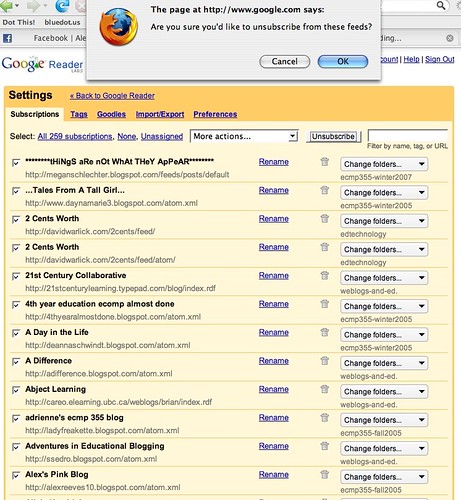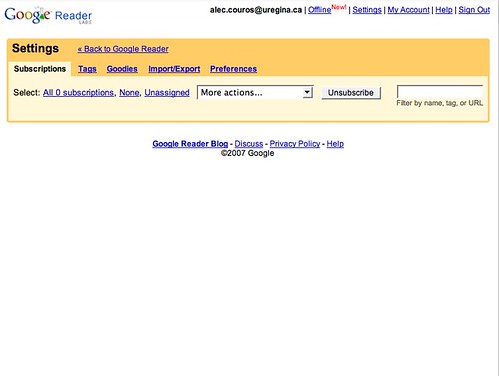Danah Boyd recently posted the article “Viewing American class divisions through Facebook and Myspace“. Boyd provides an interesting, and in my opinion accurate, description of the apparent social class divisions present in these two popular social network tools.
The following two paragraphs make up an important part of Boyd’s argument:
The goodie two shoes, jocks, athletes, or other “good” kids are now going to Facebook. These kids tend to come from families who emphasize education and going to college. They are part of what we’d call hegemonic society. They are primarily white, but not exclusively. They are in honors classes, looking forward to the prom, and live in a world dictated by after school activities.
MySpace is still home for Latino/Hispanic teens, immigrant teens, “burnouts,” “alternative kids,” “art fags,” punks, emos, goths, gangstas, queer kids, and other kids who didn’t play into the dominant high school popularity paradigm. These are kids whose parents didn’t go to college, who are expected to get a job when they finish high school. These are the teens who plan to go into the military immediately after schools. Teens who are really into music or in a band are also on MySpace. MySpace has most of the kids who are socially ostracized at school because they are geeks, freaks, or queers.
Certainly the division isn’t totally cut-and-dry. Yet, I have seen evidence of this in my personal use of both tools, and in my online friendships (particularly) with both white and First Nations youth (generally, former students of mine).
Boyd also presents and interesting point around design and class:
Most teens who exclusively use Facebook are familiar with and have an opinion about MySpace. These teens are very aware of MySpace and they often have a negative opinion about it. They see it as gaudy, immature, and “so middle school.” They prefer the “clean” look of Facebook, noting that it is more mature and that MySpace is “so lame.” What hegemonic teens call gaudy can also be labeled as “glitzy” or “bling” or “fly” (or what my generation would call “phat”) by subaltern teens. Terms like “bling” come out of hip-hop culture where showy, sparkly, brash visual displays are acceptable and valued. The look and feel of MySpace resonates far better with subaltern communities than it does with the upwardly mobile hegemonic teens. This is even clear in the blogosphere where people talk about how gauche MySpace is while commending Facebook on its aesthetics. I’m sure that a visual analyst would be able to explain how classed aesthetics are, but aesthetics are more than simply the “eye of the beholder” – they are culturally narrated and replicated. That “clean” or “modern” look of Facebook is akin to West Elm or Pottery Barn or any poshy Scandinavian design house (that I admit I’m drawn to) while the more flashy look of MySpace resembles the Las Vegas imagery that attracts millions every year.
The author makes it clear at the beginning of this piece that this is not to be seen as an academic article. Yet, there are some very interesting and important observations. This is a topic that really should be studied, and it has given me some excellent ideas for my next publication.



